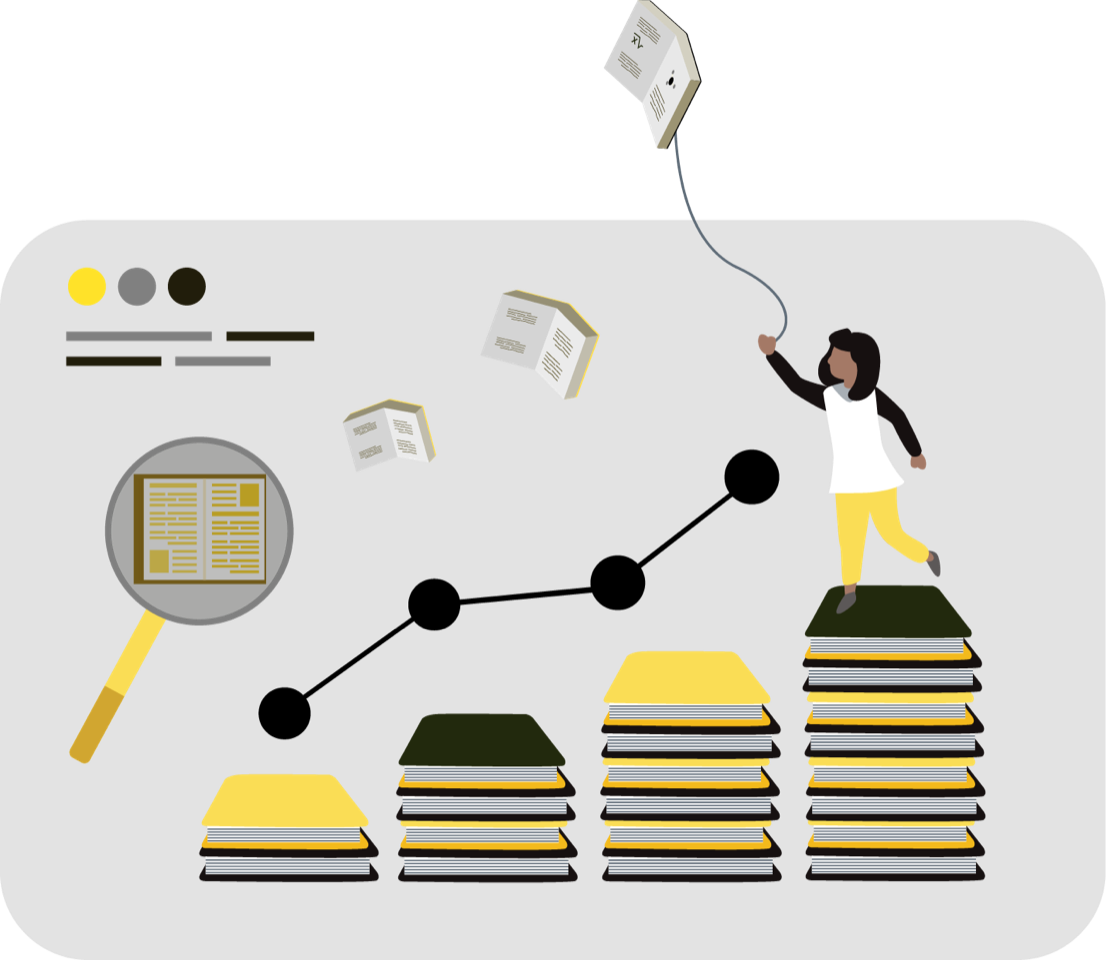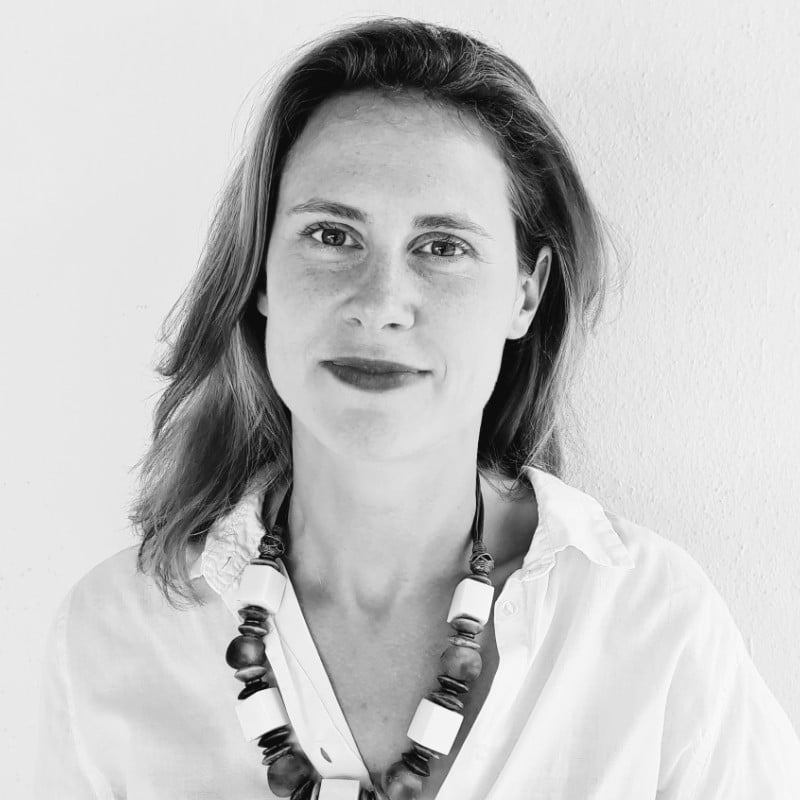Share Content
Article Link Copied
In conversations with…

Welcome to the first in a new series of conversations with team members and partners at the Jacobs Foundation. In each instalment, hear our insights into approaches and challenges on the path to impact.
Today we talk to Audrey Pessot about the Jacobs Foundation’s impact investment journey in Côte d’Ivoire, where the Jacobs Foundation has worked since 2015.

Tell us a bit about yourself. What is your role at the Jacobs Foundation?
I am originally from France. I joined the Jacobs Foundation in 2017 as an associate to help manage a new impact investment program in Côte d’Ivoire.
What drew the Jacobs Foundation to the field of impact investing, and what was it like venturing into this space?
We recognised from the start of our journey into the world of impact investment that we were working in an innovative space. Following this pathway in Côte d’Ivoire was exploratory.
We wanted to keep it small, to learn – to try out different approaches and see what worked best for the companies we were investing in. It was all about creating positive impact through finance. How can we help the business thrive and the entrepreneur succeed? We wanted to be supportive, provide companies with technical assistance, and facilitate access to appropriate networks.
How did you select the companies in which you invested?
The venture philanthropy model does not see funding as a tap to turn on when required, but rather as a ‘soft’ form of investment where financial return is part of the contract. Sustainability is at the heart of the model. These companies need to be viable and sustainable on their own. We need to know that their survival does not rely on the funding. They need to thrive in the commercial market.
We typically invested in new ventures which often needed follow-on funding to help them establish market share or overcome the latest technical challenge.
What were some of the challenges you faced?
The education sector in particular can be a tough place to make money. Business models in education are difficult to develop and scale, especially in developing countries like Côte d’Ivoire.
In Côte d’Ivoire, the commercial context is uncertain, the products and services are at an early stage of development and the domestic ecosystem is nascent. For commercial investors looking for a high financial return over a short timeframe, the risk is too high. But as venture philanthropists, we can afford to take that risk.
How did you overcome these difficulties?
We started with some ecosystem mapping and realised that the market was tiny, there was really very little in the way of an ecosystem at all. This offered us an exciting opportunity to have real impact but it highlighted a question for us: if there’s no-one here in the market, why is that?
We are trying to show investors that there is a market here, a demand, a commercial opportunity. We are taking that risk to show others that they should invest more here.
How did the Jacobs Foundation approach its role as an impact investor?
Asking how we want to finance is as important as asking who or what we want to finance. We’ve developed a clear picture of what we want to finance. What financial instruments work and help us show both a financial and impact case for investment in the education space?
In the spirit of experimentation, several models were explored. We took a minority shareholding in some of the companies we invested in. This facilitated a close relationship, and the Foundation found innovative ways to help. In other cases, funding was indirect: channelled through a separate vehicle run by an external, well-established local partner.
Did you collaborate with any other funders?
We did not have the internal capacity to deal with a huge portfolio so we partnered to launch the Education Impact Fund which enabled us to create a hub for education funding, showing there is a successful case in Côte d’Ivoire to attract other investments. This also allowed us to strengthen local capacity and attract wider funding into this space. Perhaps, through this approach, we’ve been able to show others the way and share what we have learned.
This was all about sharing knowledge, bringing different voices together. As a Foundation, we were really focused on quality education; some partners were much more focused on the investment and return side. It was not always easy to agree on a common vision, but this created opportunities for everyone to learn.
How do you measure success?
There are multiple points of impact, all of which need to be measured. Financial return is quite easy to measure: if the product, service or company succeeds – generating growth, employment, and financial return – then the investment is deemed a success. The impact on individual learners, teachers, and others across the learning ecosystem is harder to evaluate, and itwas really hard to know whether we were creating real impact. The data we gathered from each company and each investment didn’t always tell us about quality. Companies would fall back on ‘enterprise metrics’ like program completion rates or student numbers, but nothing measuring the learning outcomes. They are rarely set up to do this in a systemic and rigorous way.
It can take years for the social benefits of impact investing to become visible. How would you recommend measuring success in that regard?
We need to make sure that impact is embedded into the process. For example, a research function within these companies could comprise people who understand how we learn, how the brain works, and how to measure impact. In addition, an impact committee could include external professionals who advise on how to measure impact.
Embedding impact measurement would give a more nuanced look at the change in learners. Outcome-based funding – given to a company if they achieve and prove impact – may be part of the future for impact investment.
What is next for the Jacobs Foundation’s impact investing journey in Côte d’Ivoire?
Right now, we don’t know how we have influenced the lives of kids in Côte d’Ivoire, which is at the heart of our mission. We need to focus more on this. We need to rethink impact measurement if impact investment is going to work long-term.
Impact can also come in other ways. Broadersystemic impact can be achieved through partnership and strengthening local capacity.
The partner we worked with on indirect investments plan to run their own fund to invest in education projects in Côte d’Ivoire. This is a major impact success. We have helped to build the ecosystem for these types of investments.